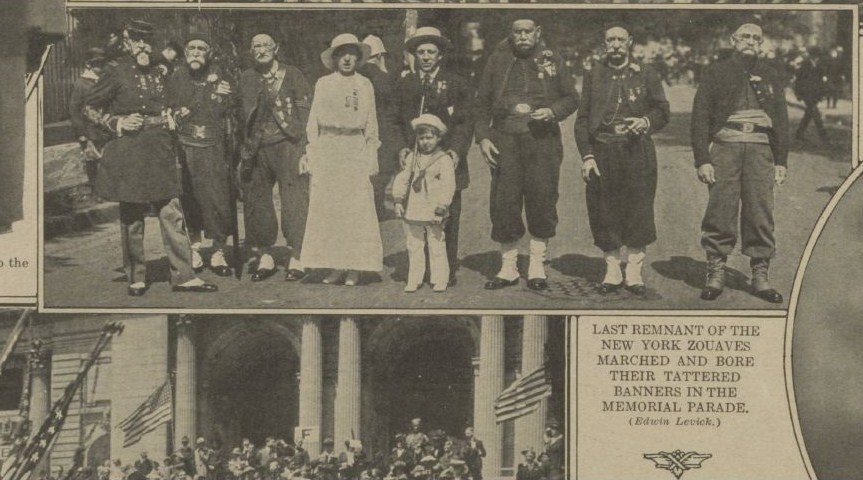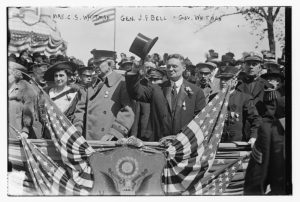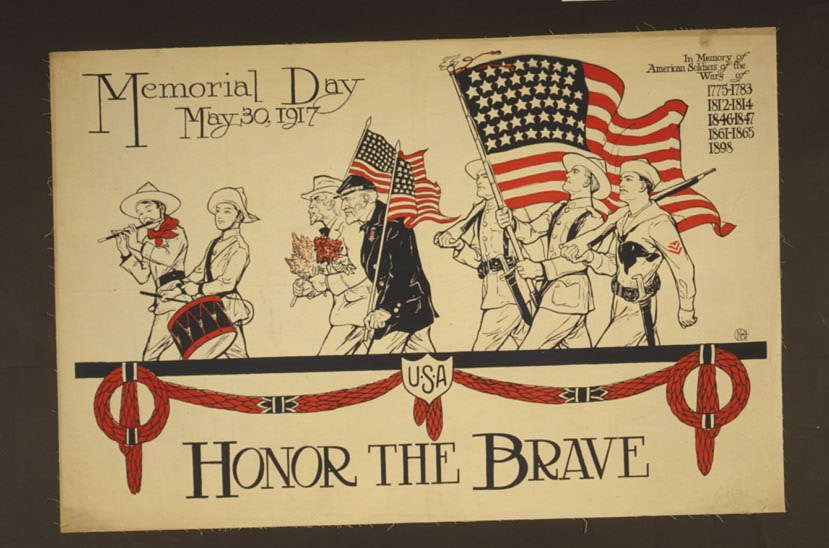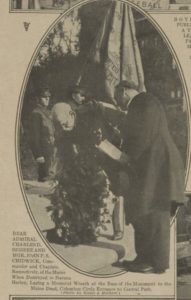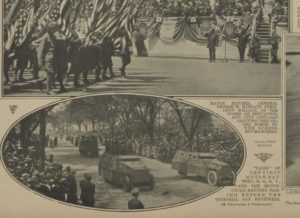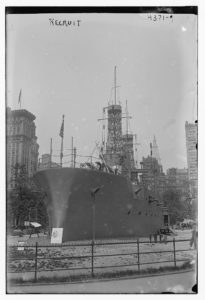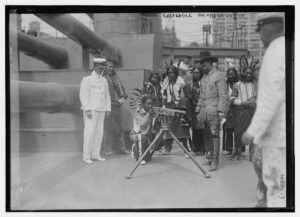Another riot in the South. This one occurred 150 years ago this week in Franklin, Tennessee at something like a political rally ahead of state-wide elections on August 1st. This would be the first Tennessee election in which black men could vote; on the other hand, ex-Confederate soldiers had been disenfranchised back in 1865.
From The New-York Times July 8, 1867:
A RIOT IN TENNESSEE
______________________
Radical Meeting at Franklin – Attack on Colored Loyal Leaguers – One White man Killed, Four Wounded and Eighteen Colored men Wounded.
NASHVILLE, Tenn., Sunday, July 7.
JOHN TRIMBLE, candidate for Congress, and two candidates for the State Legislature, all Radicals, had an appointment to speak yesterday at Franklin, Williamson County. A large number of persons, white and black, assembled, among the latter members of a loyal league, about eighty in number, who paraded the streets in regalia, with a band of music, and armed, in some instances firing a salute. The candidates were heard without interruption, the speaking lasting until about 4:30 o’clock. Subsequently, however, TRIMBLE, when not present, was denounced on the public square, and one of the legislative candidates badgered for something he had said. Much excitement arose, and symptoms of ill feeling between some of the whites and colored Leaguers were developed. The Leaguers retired in bad humor to a grove, where they were followed by a son of Dr. CLIFFE, who, in a conciliatory address, advised them to disperse. They agreed to do this and marched back to their hall. By this time night came on, and after stowing away their regalia, &c., they left the hall and returned to the public square, where a collision immediately occurred. It is alleged that they were fired on by a party of white and colored Conservatives, a man named CADY, a livery stable keeper, firing the first shot. The fire was instantly returned. The affair lasted but a few moments – half a minute, perhaps. There appeared to be a volley in attack, and a scattering reply, resulting in the death of CADY, who was shot through the heart, and the wounding of eight whites and eighteen blacks. Three of the latter are mortally wounded. Some of the wounded blacks are Conservatives. The Radical blacks were much exasperated, and threatened to return and return the fight, but Dr. CLIFFE interposed and prevailed upon them to desist. An official investigation will be necessary to fix the responsibility for this murderous affair. On one hand it is charged that the colored Leaguers were armed, were menacing in deportment, and desired a fight; on the other that they had been previously and repeatedly assaulted, and they were armed in self-defence, and the attack evinced a preparation and design to do so. It was apprehended that the difficulty would be renewed to-day, but all is quiet. A company of the Forty-fifth Regulars left this place this morning for Franklin to maintain quiet. The affair is deplored by all parties.
On Saturday one of a company of militia, stationed at Tullahoma, was shot and killed by DEWITT BENNETT, a captain in the late rebel army. Inspector-General HUNT to preserve the peace there and to have the murder investigated.
You can read a report on the riot addressed to General O.O. Howard at The Freedmen’s Bureau Online
Here’s some context for the upcoming election from an article on Reconstruction by Robert Tracy McKenzie at The Tennessee Encyclopedia of History and Culture:
Although the state was the first rebellious one to be accepted back in the Union:
Tennessee politics had not returned to normal, however, for the state continued to be dominated by a Republican minority that commanded the allegiance of, at most, one-third of the total population. Nonexistent in the state prior to 1865, the party had emerged as a political vehicle for Unionists and, consequently, always was strongest in staunchly Unionist East Tennessee. Aided by a wartime edict of Military Governor Andrew Johnson that disfranchised Confederate sympathizers, Tennessee Republicans swept into power in March 1865, controlling the general assembly as well as the governorship, which was claimed by the mercurial parson and newspaper publisher William G. Brownlow. For four years the Brownlow government worked assiduously to maintain Republican supremacy. In 1865 the legislature formally disfranchised ex-Confederates. Two years later it took the drastic step of awarding the franchise to former slaves to expand the ranks of potential Republican voters …
According to the BlackPast, “The Union League of America (or Loyal League) was the first African American Radical Republican organization in the southern United States. The League was created in the North during the American Civil War as a patriotic club to support the Union.”
There’s a good chance that Dr. Cliffe is Dr Daniel Bonaparte Cliffe, Sr, a physician from Franklin who served as a Confederate surgeon during the war. During his army time he disputed allegations of his disloyalty (to the Confederacy), but in April 1863 he was reportedly “Dropped” [“for prolonged absence from duty without leave”].
The NY Times article is one of four on the riot that is included in a teacher’s guide on Franklin During Reconstruction
__________________________________________
I thought of the 1864 Battle of Franklin when I read about the riot. In other war-related news from 150 years ago this week, Thomas Francis Meagher, a leader of the Union’s Irish Brigade during the Civil War, drowned in the Missouri River near Fort Benton on the night of July 1st. He was serving as Acting-Governor of Montana territory.

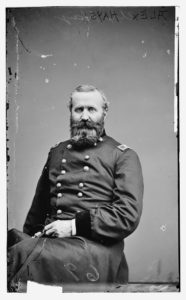
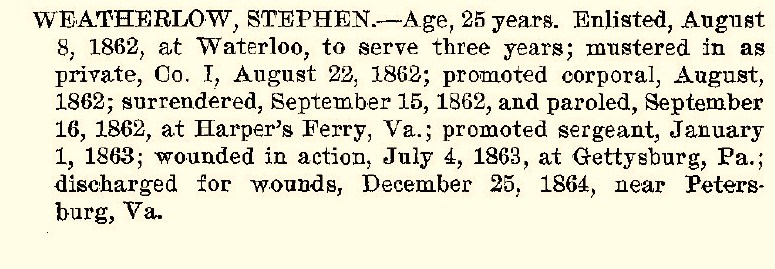
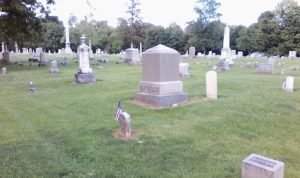
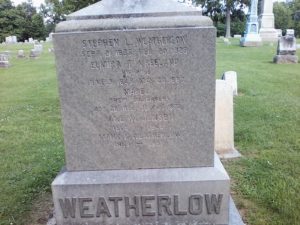
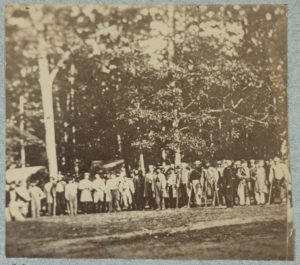
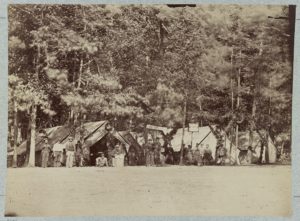
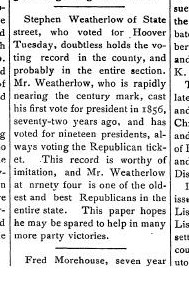
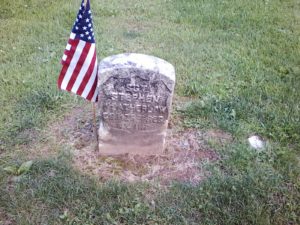
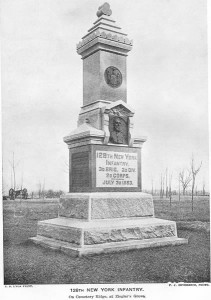
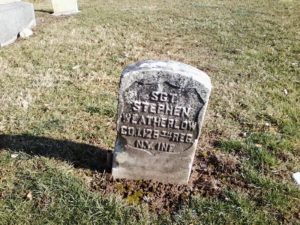
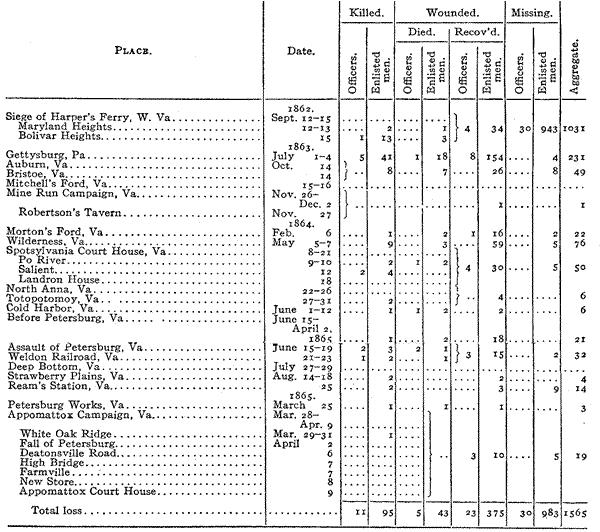
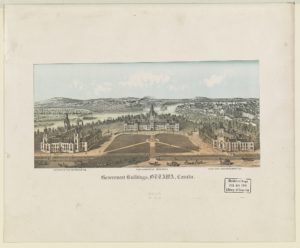
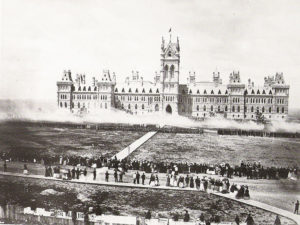
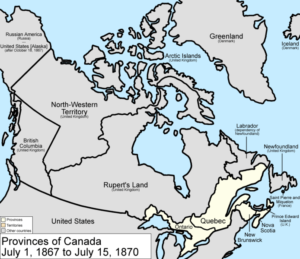

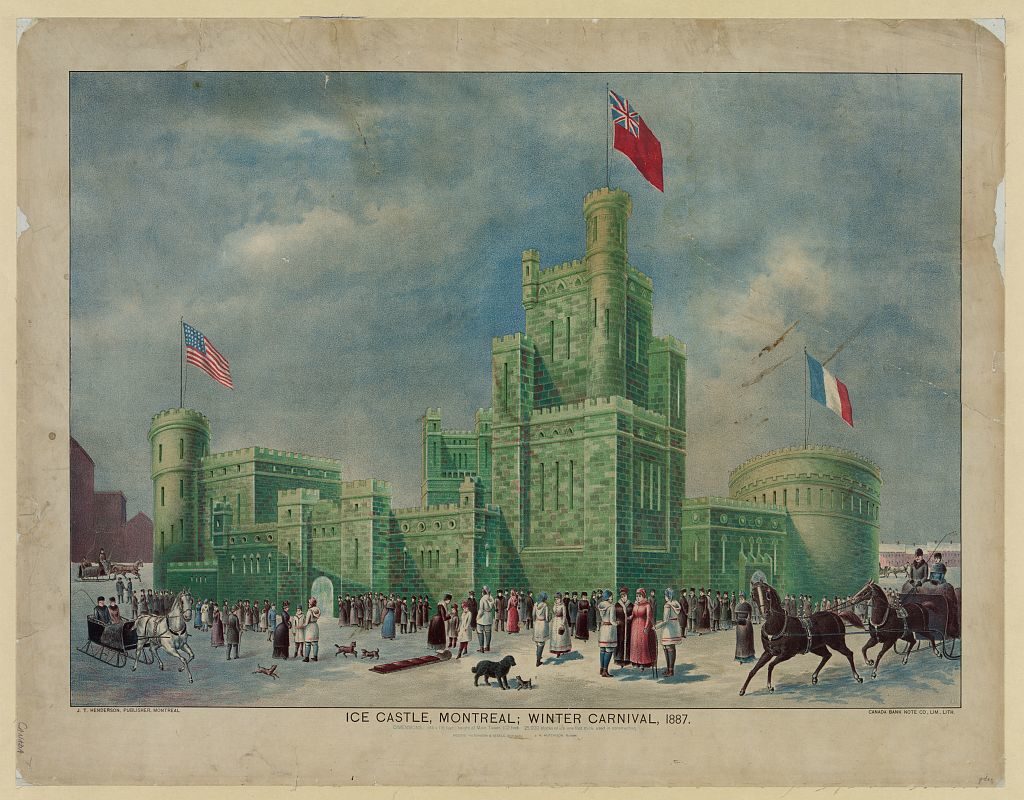
![Niagara River & Clifton House, Canada ([New York, N.Y.] : [George Stacy], [between 1860 and ca. 1865]) (LOC: https://www.loc.gov/item/2017657257/)](https://www.bluegrayreview.com/wp-content/uploads/2017/07/1s05712v-300x147.jpg)
![Niagara, great ice bridge & American Falls ([New York, N.Y.] : [George Stacy], [between 1860 and ca. 1865]; LOC: https://www.loc.gov/item/2017657252/)](https://www.bluegrayreview.com/wp-content/uploads/2017/07/1s05707v-300x150.jpg)
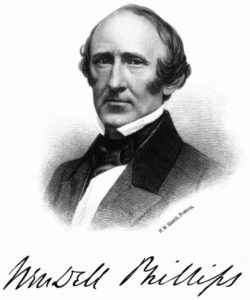
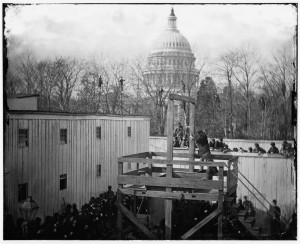
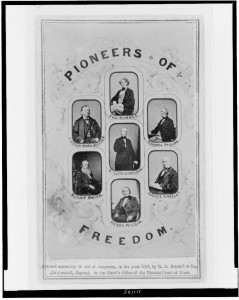
![reconciliation (Reconstruction / eng. by J.L. Giles, N.Y. ; printed by F[rancis] Ratellier, 171 Broadway, N.Y.( 186; LOC: https://www.loc.gov/item/2004665356/)](https://www.bluegrayreview.com/wp-content/uploads/2017/06/reconciliation-300x227.jpg)
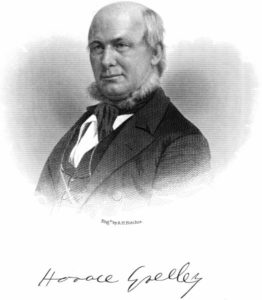
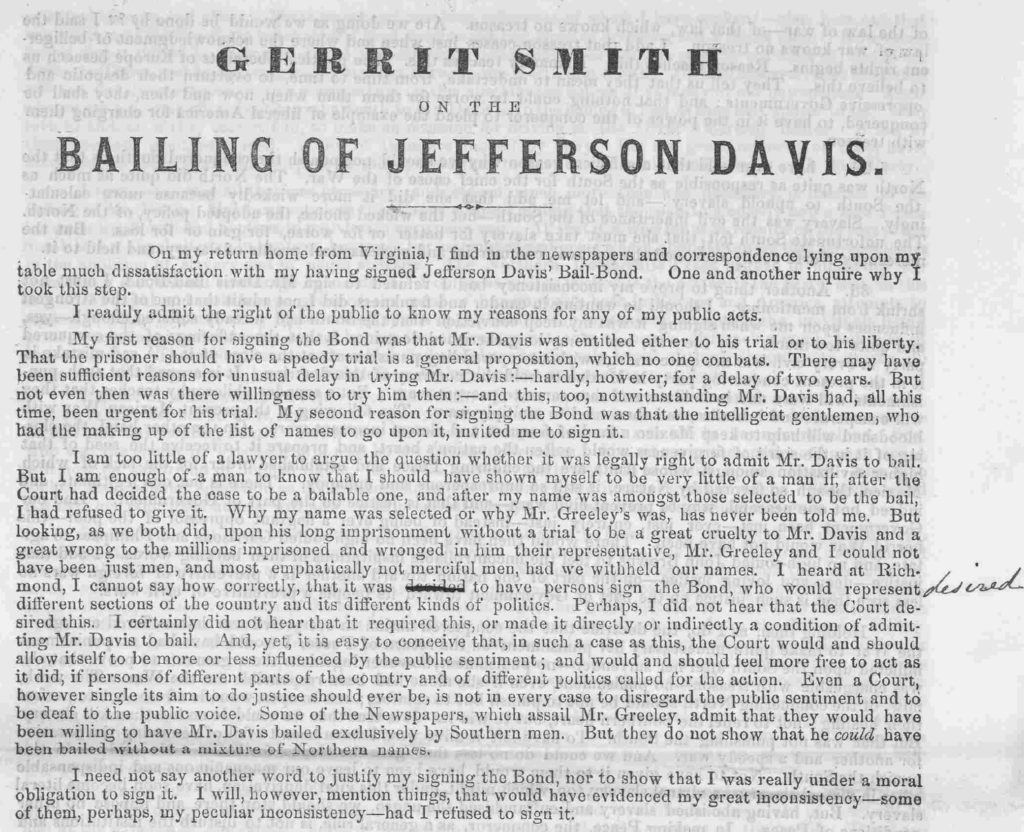
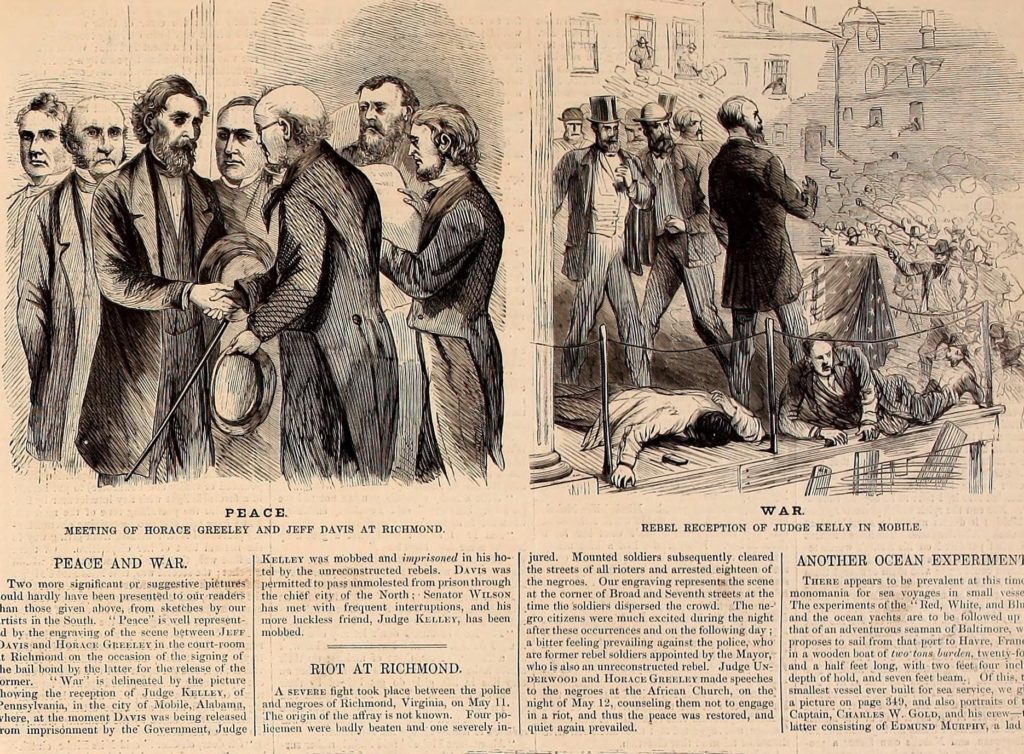
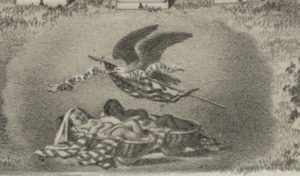
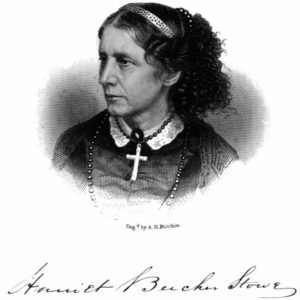
![Reconstruction / eng. by J.L. Giles, N.Y. ; printed by F[rancis] Ratellier, 171 Broadway, N.Y. Enlarge (1867; LOC: https://www.loc.gov/item/2004665356/)](https://www.bluegrayreview.com/wp-content/uploads/2017/06/3g12375v.jpg)
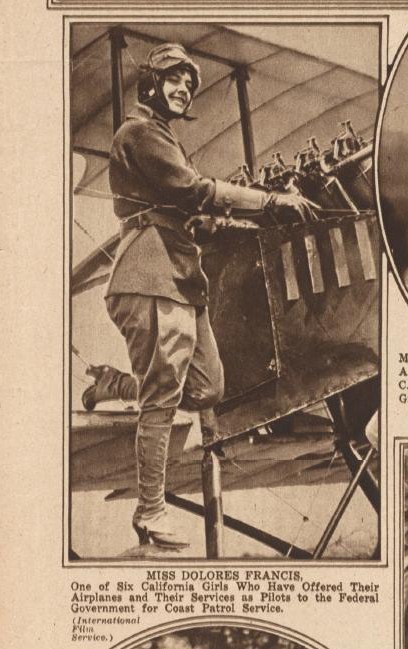
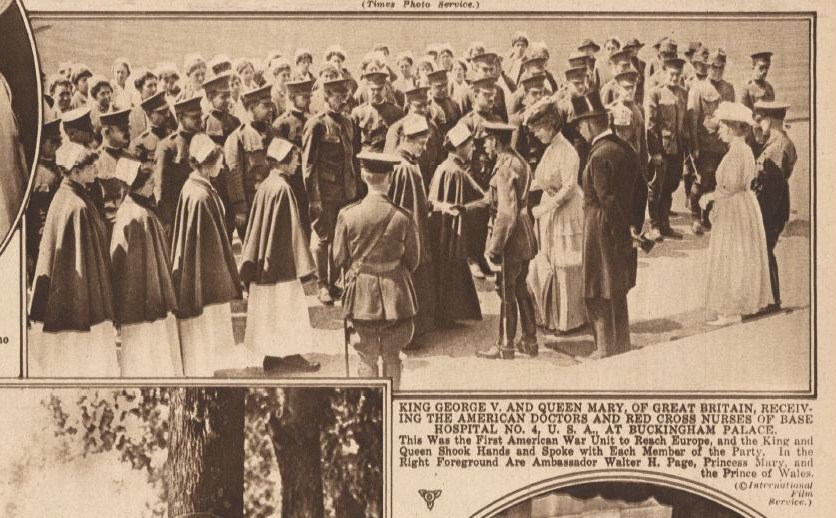
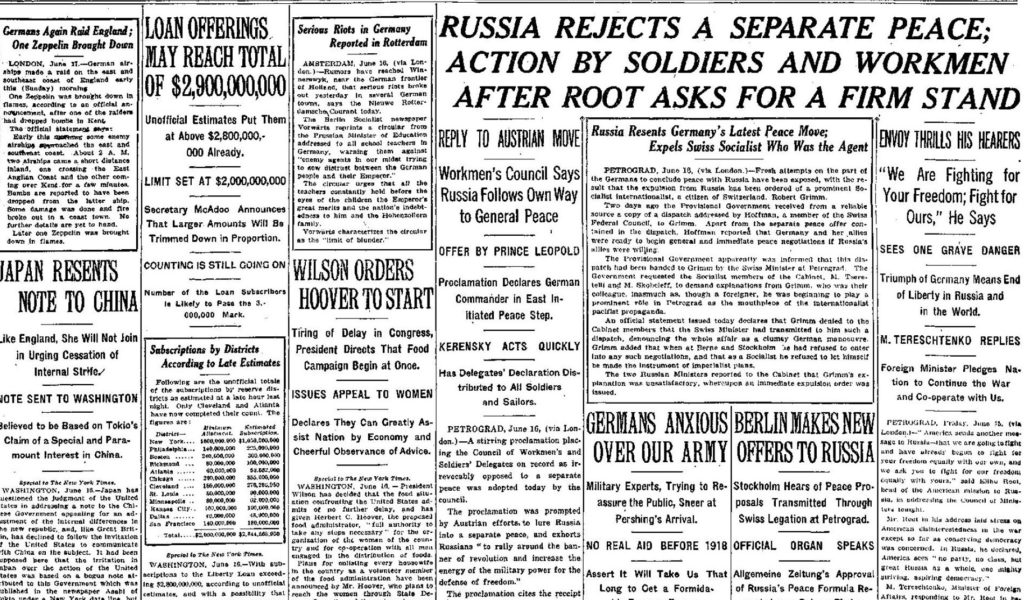
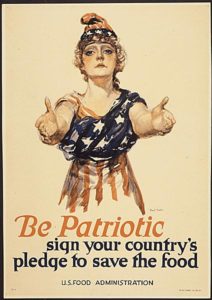
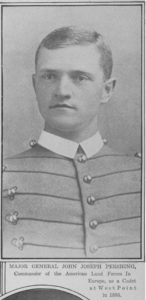
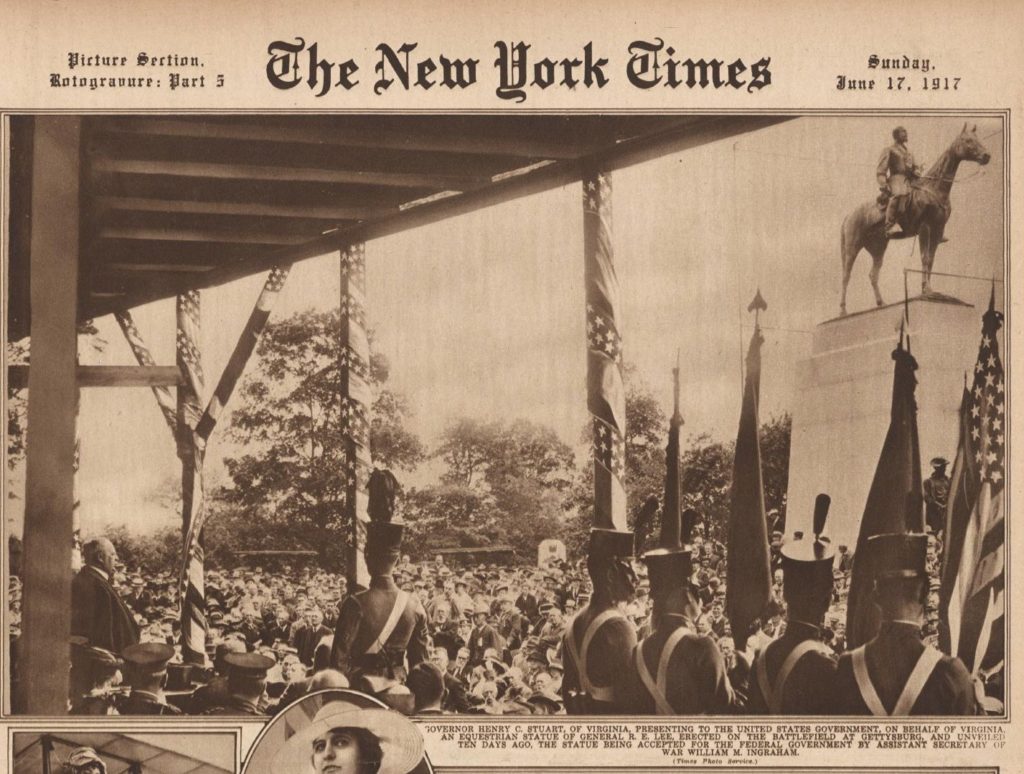
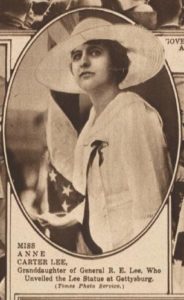
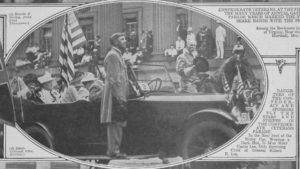
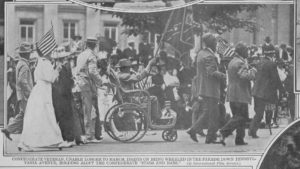
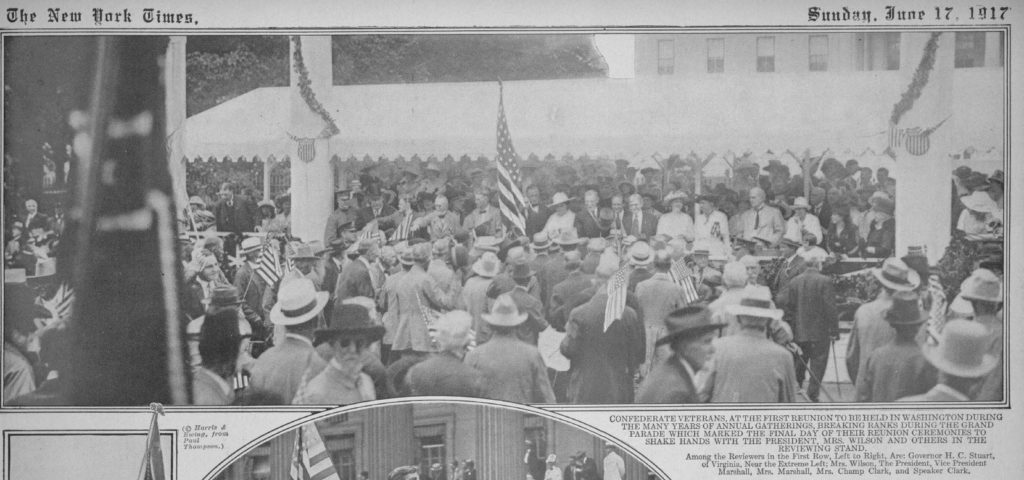

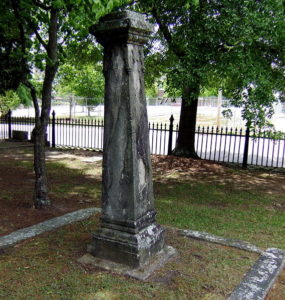
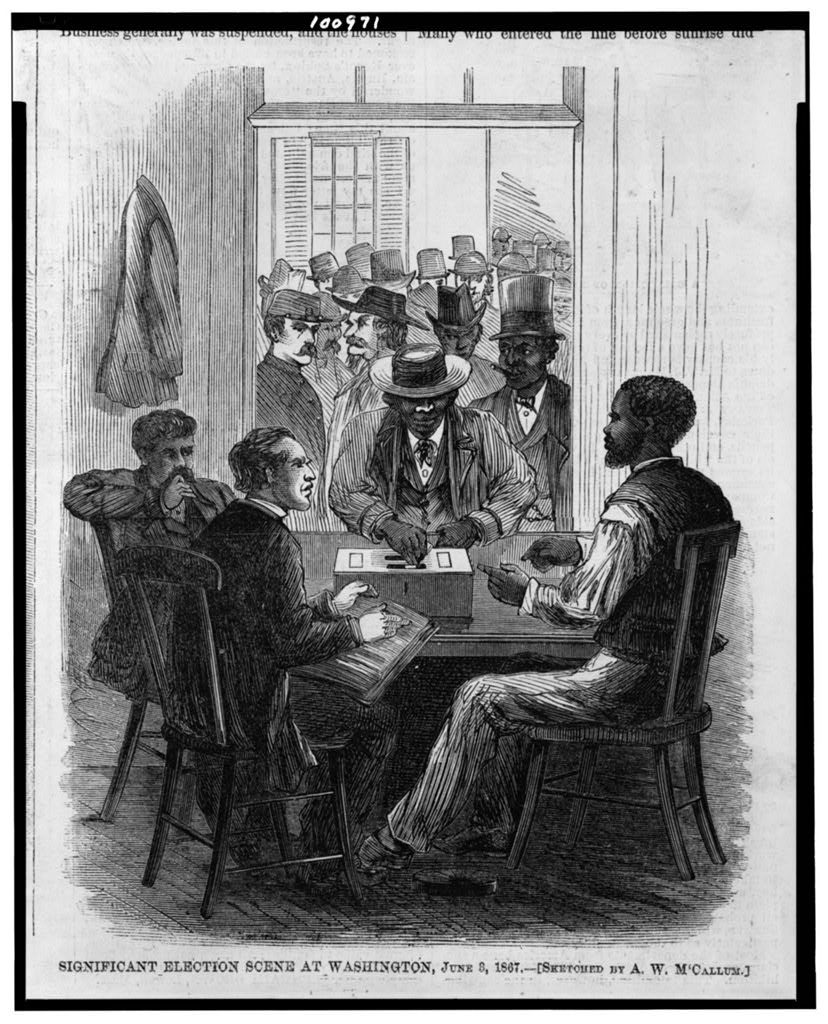
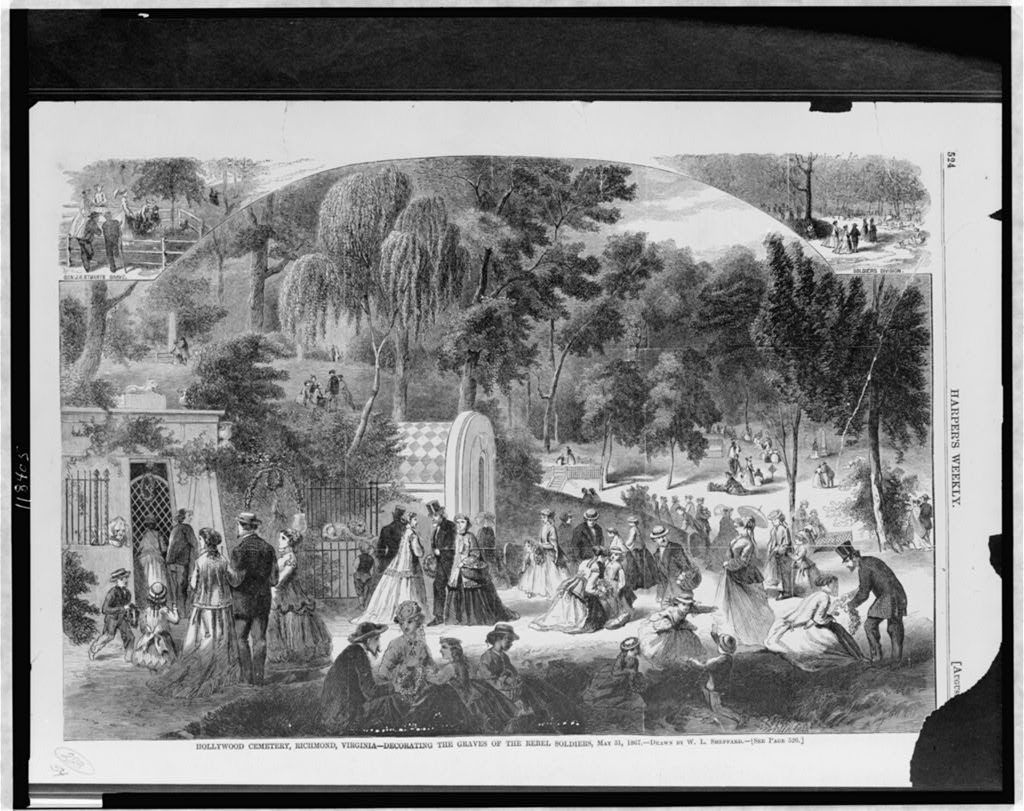
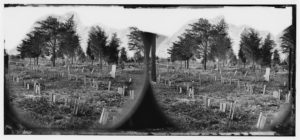
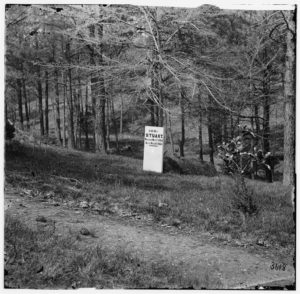
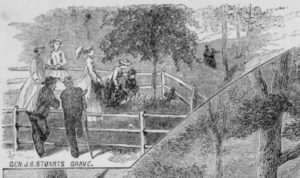
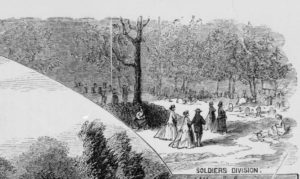
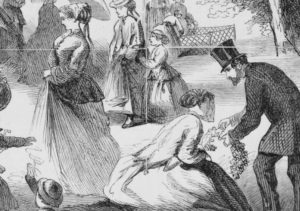
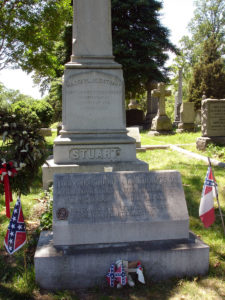
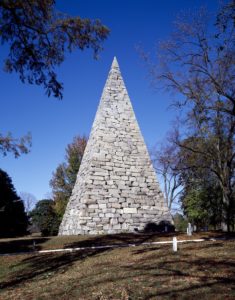
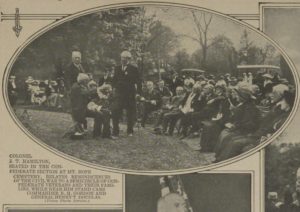
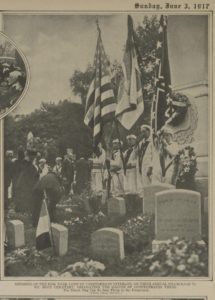
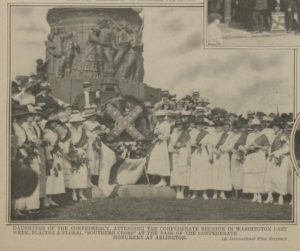
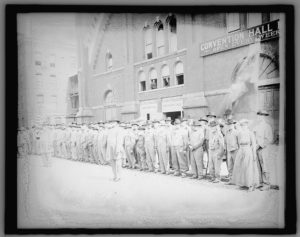
![Decoration Day [1917] (1917 (date created or published later by Bain); LOC: https://www.loc.gov/item/ggb2005024772/)](https://www.bluegrayreview.com/wp-content/uploads/2017/05/24526v-1024x693.jpg)
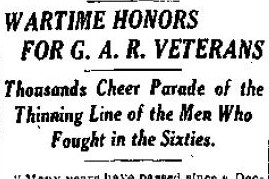
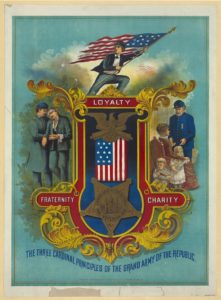
![Decoration Day [1917] (LOC: https://www.loc.gov/item/ggb2005024768/)](https://www.bluegrayreview.com/wp-content/uploads/2017/05/24522v-300x203.jpg)
